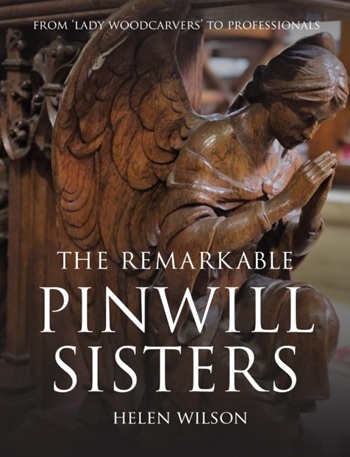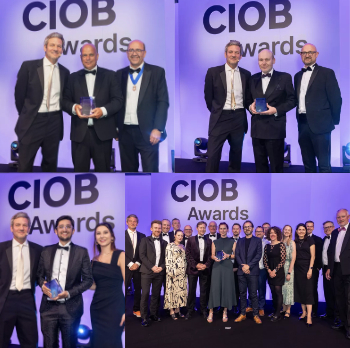Most advantageous tender MAT
Contents |
[edit] Introduction
On 15 December 2020, the Green Paper Transforming Public Procurement was presented to Parliament by the Cabinet Office and Lord Agnew, the Minister of State for Efficiency and Transformation. The paper proposed several changes to procurement policy in the UK to reflect the country’s post-Brexit status.
A key aspect of the paper was the idea of allowing more flexibility for buyers, enabling the Government to save taxpayer funds through more strategic purchasing practices. This was intended to promote increased competition through simpler procurement procedures that would allow the Government to consider wider social value when selecting suppliers. To reflect, the paper put forward the idea of “...allowing buyers to include criteria that go beyond the subject matter of the contract and encouraging suppliers to operate in a way that contributes to economic, social and environmental outcomes on the basis of the ‘most advantageous tender’ (MAT).”
[edit] Scrutinising the economic aspects of MEAT
Prior to Brexit, the UK operated under EU procurement rules that included the Most Economically Advantageous Tender (MEAT) method of assessment. Introduced by the European Parliament in January 2014, MEAT could be used by the contracting party to guide the vendor selection and award process. For more information see: Most Economically Advantageous Tender (MEAT).
During the UK’s membership of the EU, MEAT public procurement rules applied to any public purchases above defined thresholds and were overseen in the UK by the Public Contracts Regulations (PCR). Post-Brexit recommendations in the Transforming Public Procurement green paper proposed the replacement of MEAT procurement rules with MAT, essentially removing the ‘economic’ component from the method of assessment.
The thought process behind this modification was the idea that ‘economic’ could sometimes be interpreted simply as lowest price. Under MEAT, evaluating certain economic factors (such as quality) was seen as complex and potentially restrictive.
The Transforming Public Procurement green paper explained, “Any evaluation criteria relating to quality must be linked to the subject matter of the contract. The cost effectiveness approach to the assessment of MEAT may be based, for example, on life-cycle costing. The quality criteria may include matters such as technical merit, aesthetic and functional characteristics, environmental characteristics, after-sales service, technical assistance, delivery date and delivery period or period of completion. Evaluation criteria must be accompanied by specifications, setting out the characteristics of the works, services or supplies that allow tenders to be objectively assessed.”
MEAT was also criticised for overlooking factors such as value for money and paying promptly to support the supply chain. Another shortcoming identified in the Transforming Public Procurement green paper was MEAT’s exclusion of broader interpretations of the idea of value, which was thought to be contrary to the Government’s focus on social factors.
[edit] MAT instead of MEAT
To address the economic ambiguity of MEAT, MAT removed the term ‘economically’ while incorporating the Government’s broader interpretation of value for money in the evaluation of price.
The paper stated, "the Government proposes requiring the evaluation of bids to be based on Most Advantageous Tender (MAT) in line with the requirement of [the World Trade Organisation’s Government Procurement Agreement] GPA. Adopting MAT (together with accompanying guidance) should provide greater reassurance to contracting authorities that they can take a broader view of what can be included in the evaluation of tenders in assessing value for money including social value as part of the quality assessment. This approach is already provided for in the current regulations under MEAT, so this change would be about reinforcing and adding clarity rather than changing scope."
Based on the pre-existing inclusion of certain aspects of environmental value in MEAT, some critics of MAT have suggested that this change would primarily be a matter of perception and is merely being used as a method of divorcing the UK from EU terminology.
This supposition was addressed by Andrew Millross, a partner at Anthony Collins Solicitors. In the article, From 'MEAT' to 'MAT' Millross explained, "The removal of the word 'economically' from the test would potentially give a contracting authority the ability to ignore price altogether and determine 'advantage' based on totally different considerations and without regard to price. It also opens up the prospect of evaluating price according to how close a tenderer’s price is to the average of prices tendered or to a predefined price determined by the contracting authority. However, this leads to questions in relation to value for money if a contracting authority chooses a more expensive (but otherwise equivalent quality) tender simply because it is closer to the average tendered price than a cheaper price."
[edit] Related articles on Designing Buildings
- Best value procurement.
- Brexit.
- Most Economically Advantageous Tender (MEAT).
- Public procurement.
- The Public Contracts Regulations.
- Transforming Public Procurement Green Paper.
[edit] External resources
- Gov.uk, Transforming Public Procurement.
- Andrew Millross, From 'MEAT' to 'MAT'.
Featured articles and news
Licensing construction in the UK
As the latest report and proposal to licence builders reaches Parliament.
Building Safety Alliance golden thread guidance
Extensive excel checklist of information with guidance document freely accessible.
Fair Payment Code and other payment initiatives
For fair and late payments, need to work together to add value.
Pre-planning delivery programmes and delay penalties
Proposed for housebuilders in government reform: Speeding Up Build Out.
High street health: converting a building for healthcare uses
The benefits of health centres acting as new anchor sites in the high street.
The Remarkable Pinwill Sisters: from ‘lady woodcarvers’ to professionals. Book review.
Skills gap and investment returns on apprenticeships
ECA welcomes new reports from JTL Training and The Electrotechnical Skills Partnership.
Committee report criticises UK retrofit schemes
CIOB responds to UK’s Energy Security and Net Zero Committee report.
Design and construction industry podcasts
Professional development, practice, the pandemic, platforms and podcasts. Have we missed anything?
C20 Society; Buildings at Risk List 2025
10 more buildings published with updates on the past decade of buildings featured.
Boiler Upgrade Scheme and certifications consultation
Summary of government consultation, closing 11 June 2025.
Deputy editor of AT, Tim Fraser, discusses the newly formed society with its current chair, Chris Halligan MCIAT.
Barratt Lo-E passivhaus standard homes planned enmasse
With an initial 728 Lo-E homes across two sites and many more planned for the future.
Government urged to uphold Warm Homes commitment
ECA and industry bodies write to Government concerning its 13.2 billion Warm Homes manifesto commitment.
From project managers to rising stars, sustainability pioneers and more.
Places of Worship in Britain and Ireland, 1929-1990. Book review.






















